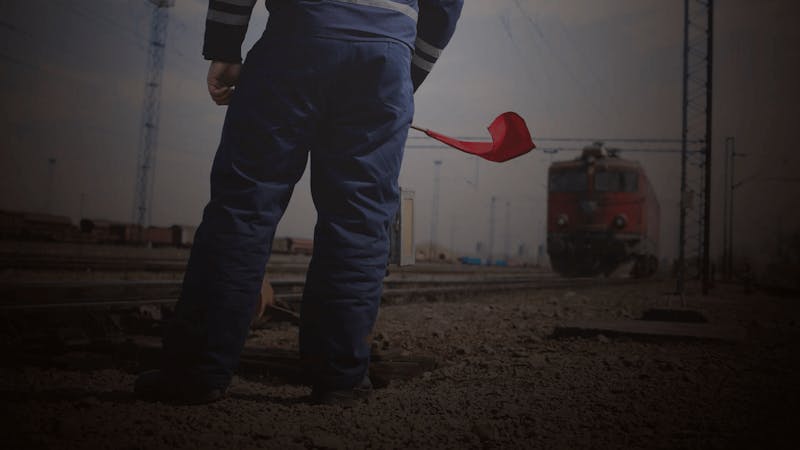In a fault-based system, it may be proven that different parties were at fault.
Agents, contractors, and even the injured employees themselves can be found at partial fault for injuries sustained on the job.
However, workers found partially at fault for their injuries are still entitled to compensation.
For example, if your case goes to trial, the jury may award a certain amount while still finding you partially at fault for your injuries. If you are found 30% at fault, and the railroad is found to be 70% at fault, but the verdict is $1,000,000, then you will receive $700,000, or 70% of the damages (the portion of fault by the railroad company).
In cases where other third parties are involved, like contractors or customers, if the combined percentage of fault on all defendants is 70% (including at least 1% on the railroad), you can still collect $700,000 from the railroad and it becomes the railroad’s responsibility to seek indemnity or reimbursement from the other defendants.
This is why a railroad defendant will always try to shift blame to the employee. The railroad will allege that the employee “overexerted” themselves or “failed to take the safe course. It is also why an injured employee should not wait to contact an experienced FELA and railroad injury attorney like Roven Camp who can help the injured worker prepare the best case possible against the railroad defendant.

